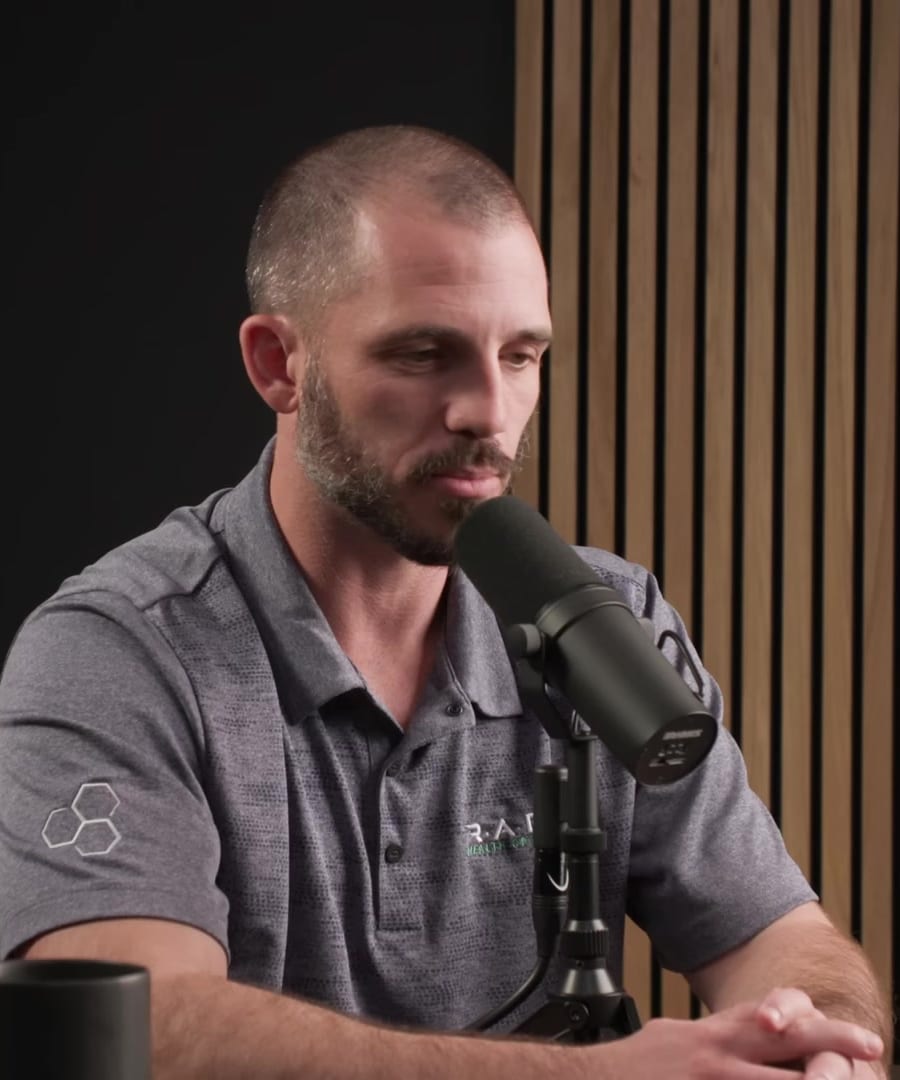Mouth breathing
Sources:
Mouth breathing has several implications for health and well-being, particularly as discussed by on the .
Key Points on Mouth Breathing
-
Nasal vs. Mouth Breathing: While there are instances when mouth breathing is necessary (e.g., during intense exercise), nasal breathing is generally preferable for overall health. Mouth breathing can lead to increased susceptibility to infections and respiratory issues, whereas nasal breathing tends to bolster immune defenses against colds and flus 1.
-
Impact on Oral and Facial Structure: Mouth breathing can alter facial structure, resulting in elongated jaws and changes to the teeth and overall facial aesthetics. In contrast, nasal breathing can enhance jaw alignment, cheekbone elevation, and promote dental health. Techniques such as mouth taping and conscious nasal breathing can facilitate this transition 2.
-
Breathing Techniques During Exercise: In high-intensity workouts, it's important to adapt breathing techniques. Generally, nasal breathing is best for lower intensity, while mouth breathing might be necessary at higher intensities due to increased oxygen demands. Athletes often benefit from a combination of both methods depending on their exertion level 3 4.
-
Health Risks Associated with Mouth Breathing: Mouth breathing is linked to a higher prevalence of allergies and respiratory illnesses. Individuals who breathe through their mouths are often more impacted by environmental toxins due to less effective filtration compared to nasal breathing 5.
-
Strategies for Improving Nasal Breathing: Encouraging nasal breathing can include practices like breathing through the nose during exercises, using tools like mouth tape at night, and being mindful of one’s breathing patterns throughout the day 6.
In summary, while mouth breathing is sometimes unavoidable in certain situations, adopting nasal breathing as the default practice can significantly enhance overall health, reduce illness susceptibility, and improve physical appearance.
RELATED QUESTIONS-
Mouth breathing
- RELATED QUESTIONS




